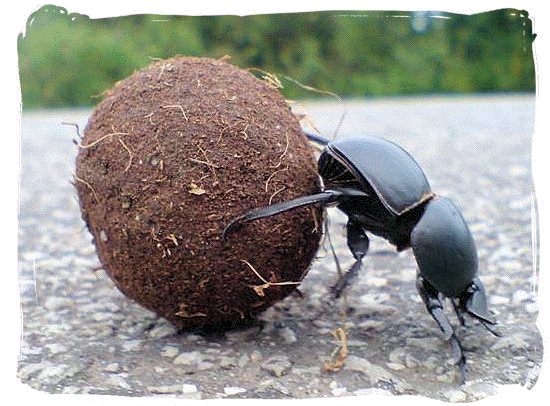The Animal Way of Death
Bernd Heinrich
(Houghton Mifflin Harcourt)

William Faulkner said when he died he wanted to come back as a vulture because they eat what they want and no one wants to eat them. Heinrich agrees, points out that "Their habit of feeding on rotting carrion in warmer regions seems to work to these vultures' advantages, perhaps because it makes them taste bad; few animals eat them."
Still, the naturalist claims that vultures can be lovable, that they have a "social" way about them. "This predisposition allows them to bond with people, and they make good pets." As interesting as dogs, cats, and anacondas, no? If vultures find themselves in a fight, the bird can, according to the author, "play possum," which "is presumably more effective if their feathers are soiled and they smell appropriately necrotic after a rotten meal."
Heinrich makes several long journeys in this book, but he begins with the Nicrophorus just outside his front door in New England. He then moves on to studying the nearby ravens --- his admitted favorites --- a pair who did a "sky dance" for him, "during which I never saw them more than three feet apart, for at least an hour before bursting through the clouds like black thunderbolts."
- They pulled in their wings and shot almost straight down, then caught the air again, gracefully spiraling up and again falling like rocks.
"I stood spellbound," he writes, I've never experienced anything like this."
At various points in Life Everlasting we find Heinrich back in the Pleistocene era in Africa, off to the McNeil River in Alaska to study the sockeye, into the woods of Maine to see how longhorns, jewel beetles, and bark beetles infest the local oaks, and finally to the Kruger National Park to study dung beetles.
Throughout his theme is this: before we came on the scene, all in the world was in balance. A fish, a bug, a tree dies and slowly it is reintegrated with the earth, it becomes part of the soil and of the next stage of life. And there are creatures --- beetles, vultures, bears, ravens --- that assist this process. But humans, with their non-integrative processes (chemicals, mass destruction of forests and rivers, ever growing numbers of cities and cars) are disrupting these natural processes.
The message is a common one --- certainly well-presented by the author --- but he is at his best when he goes off on a tangent and communicates his enthusiasm to the reader. An etymologist friend of his embarked on "the Australian Dung Beetle Project."
"The dung beetle's work has ecological significance. It fertilizes and aerates the soil and retards the spread of pathogens and disease organisms," writes Heinrich. But there are no indigenous dung beetles in Australia, so his friend George Bornemissza undertakes to import suitable ones. "If Bornemissza could find beetles that were able to stand the Australian climate that would recycle the dung, it would solve two great problems at one stroke." The project's success ended up with his receiving the Medal of the Order of Australia in 2001. Imagine: find a bug to roll up little balls of cattle dung, and you get a medal.
Heinrich has a tendency to go around and about a bit both physically, and in these writings. He has a rather odd vision throughout: focusing on animals as food for other creatures. He sees dead chickens, shrews, and deer near his home mostly in terms of being chow-time for live ravens, crows, turkey vultures, coyotes, and other creatures of the woods. A friend of his contemplates helping the world's ecology up after she dies. Rather than poisoning the ground with a standard burial, the friend says, "I'm going to get cremated and have my ashes mixed with hamburger and fed to the birds."
Heinrich reminds us that until very recently, it was the vultures, ravens and eagles who fed on human bodies, which had been left outside specifically for them. He thinks it may even have influenced religious thought in certain parts of the world. "The sky burial was a convenient, fast, and inexpensive way to dispose of the dead, and ideas of the afterlife could naturally then be incorporated into rituals and religious customs."
- Vultures, ravens and eagles soaring high in the sky would eventually be seen as mere specks, which would then disappear from sight, When these birds descended from the heavens in great spirals, with the wind fluttering through their great pinions, and took the bodies of the departed, it could have seemed logical that they had come from and would return to the home of the spirit world, carrying something vital.